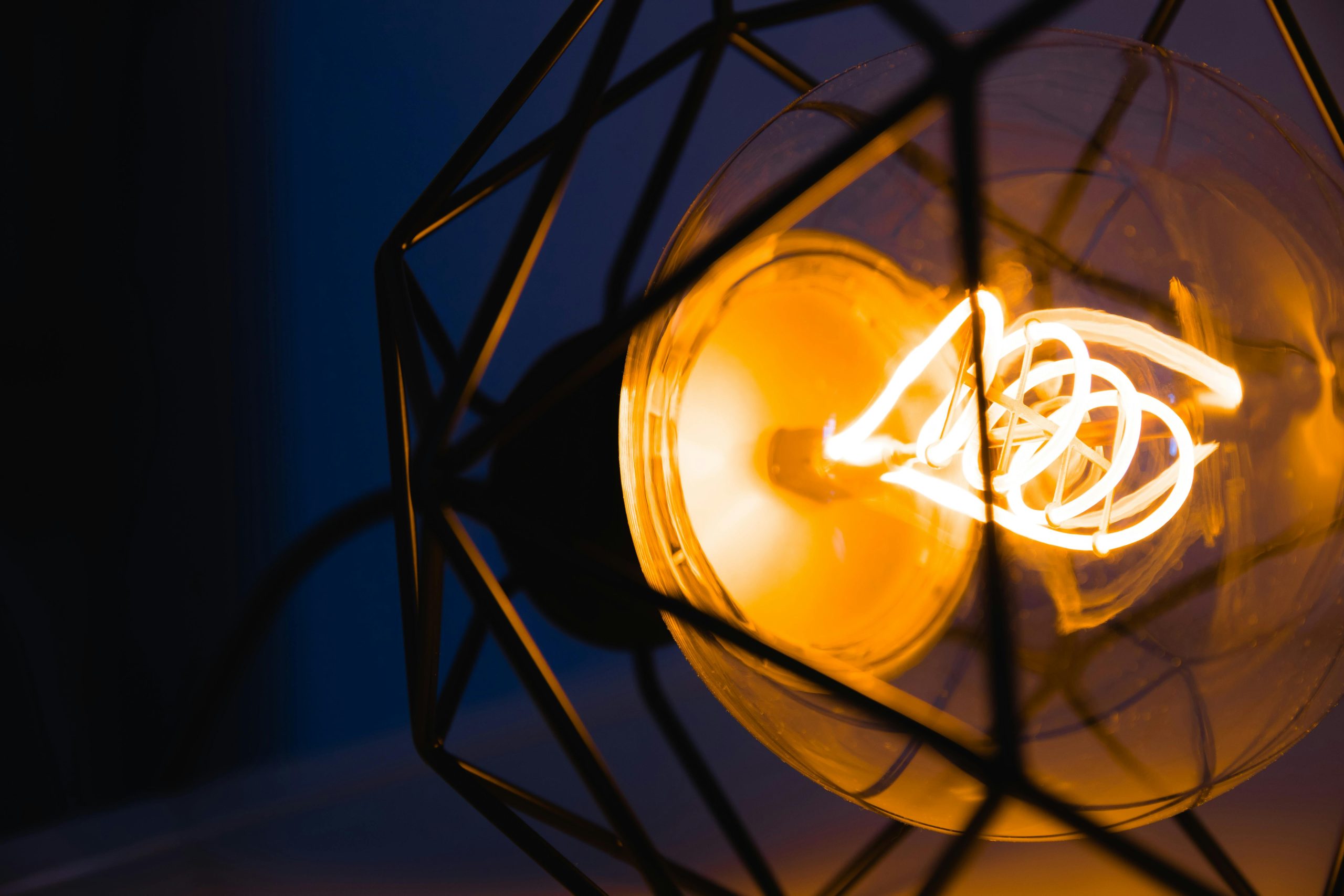- Product Knowledge
Which is More Important: Wattage or Lumens?

Choosing the right LED lighting involves understanding the differences between wattage and lumens. In the lighting industry, wattage refers to the power a bulb consumes, while lumens measure its brightness. Many consumers confuse these two concepts, often assuming wattage indicates brightness. This article clarifies the distinction, emphasizing that in the LED era, lumens are the true measure of light output.
Defining Wattage and Lumens
A. What is Wattage?
Wattage (W) is a unit of power that indicates how much energy an electrical device uses. Traditionally, consumers selected light bulbs based on wattage, with higher wattages generally indicating greater brightness. However, with the rise of energy-efficient technologies like LEDs, wattage is now primarily a measure of energy consumption, not brightness.
For instance, a 9-watt LED can outshine a 60-watt incandescent bulb while using significantly less energy.
B. What are Lumens?
Lumens (lm) measure the total amount of visible light emitted by a source. Unlike wattage, which reflects energy consumption, lumens provide a direct indication of brightness. A higher lumen value means a brighter bulb. For example, an 800-lumen LED bulb is generally brighter than a 60-watt incandescent bulb, yet consumes less energy.
Transition from Wattage to Lumens in LED Lighting
A. Efficiency of LEDs
LEDs convert electrical energy into light with minimal heat loss, achieving high luminous output with low wattage. A 10-watt LED bulb can produce 800 lumens, equivalent to a 60-watt incandescent bulb, while consuming only a fraction of the energy.
Energy Efficiency: Focus on Lumens, Not Wattage Consumers should prioritize lumen values over wattage. For example, to replace a 100-watt incandescent bulb, seek an LED bulb with a similar lumen output (around 1600 lumens) instead of focusing on wattage.
B. Consumer Misconceptions
Many still associate higher wattage with greater brightness due to traditional lighting practices. This mindset is outdated, as LED technology allows for higher brightness at lower wattages. Educating consumers on the importance of lumens over wattage is essential for making efficient lighting choices.
Watts vs. Lumens
A. Incandescent Bulbs
Incandescent bulbs convert most energy into heat, making them less efficient with lower light output per watt.
B. Compact Fluorescent Lamps (CFLs)
CFLs use significantly less energy than incandescent bulbs for similar lumen output, providing better efficiency.
C. Metal Halide Lamps
These high-intensity discharge lamps achieve high efficiency and long lifespan, producing substantial light output.
D. LEDs
LEDs are the most efficient, providing 140-170 lumens per watt, significantly outperforming traditional lighting technologies.
Practical Applications: When to Focus on Wattage vs. Lumens
A. Residential Use
- Living Areas: 2000-3000 lumens for soft, comfortable lighting.
- Kitchens/Bathrooms: 3000-4500 lumens for task lighting.
- Work Areas: Over 4000 lumens to reduce eye strain.
B. Commercial and Industrial Use
High lumen output is essential for uniform lighting in large spaces, ensuring safety and comfort in work environments. High-lumen fixtures should maintain low wattage to minimize energy costs.
A. Summary of Key Points Understanding wattage and lumens is vital for informed lighting decisions. While wattage indicates power consumption, lumens measure brightness. In the era of LED technology, focusing on lumens enhances efficiency and performance.
B. Importance of Focusing on Lumens Lumens offer a direct measure of emitted light, making them a better metric for evaluating lighting efficiency.
C. Practical Advice for Consumers When selecting bulbs, prioritize lumen output for desired brightness while considering wattage for energy efficiency. Adjust your approach to lighting choices by emphasizing lumens over traditional wattage assessments for optimal results.



